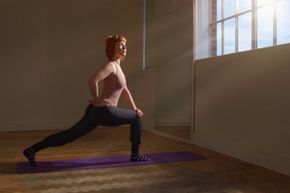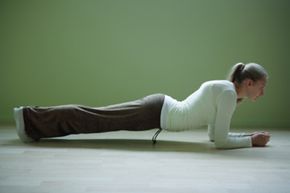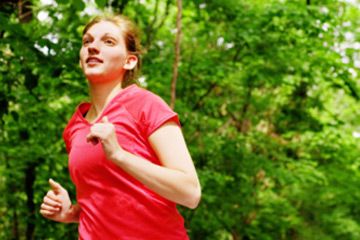For decades, runners have trained by running. The logic seems pretty clear -- the more you do something, the better you get at it. But it takes more than just strong legs and lungs to get the most out of a good run. Having a strong core -- back, chest and abdominal muscles -- is vital for breathing, flexibility, balance and endurance.
Enter Pilates. What started out as something of a fitness fad has become a popular way to develop muscle strength without bulk and strengthen that all-important core. There are Pilates studios all over the world; lots of gyms and fitness centers offer Pilates classes as well.
Advertisement
It turns out this fashionable exercise method holds plenty of potential benefits for runners. You don't even have to do Pilates every day to see results. According to experts and several runners we talked to, just adding one Pilates workout each week will make a difference.
How can a fitness program developed in the early 20th century improve endurance and injury recovery for today's running athletes? This article will explain the link between Pilates and running, complete with specific exercises that could help your training routine.
Advertisement


